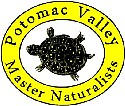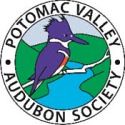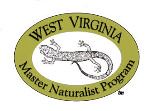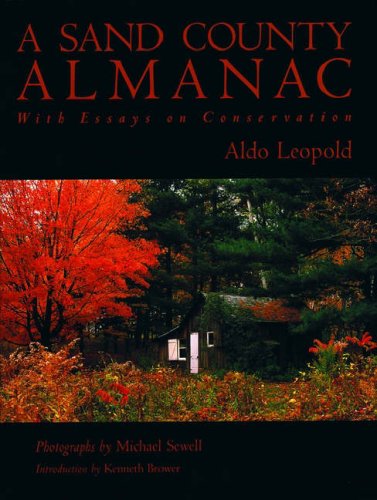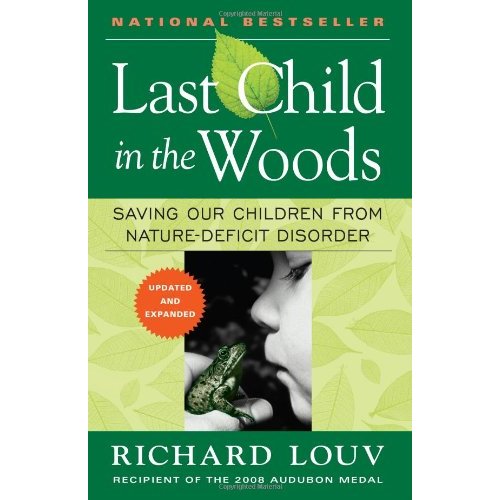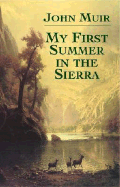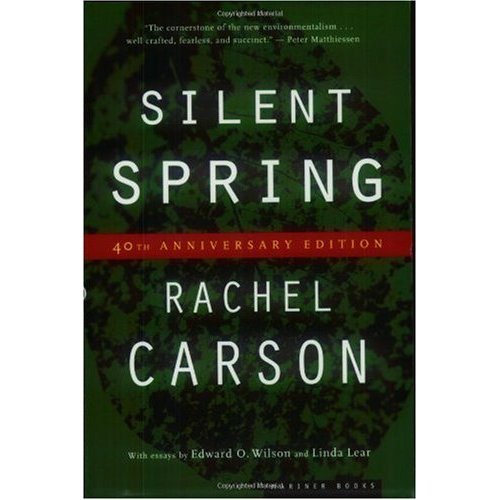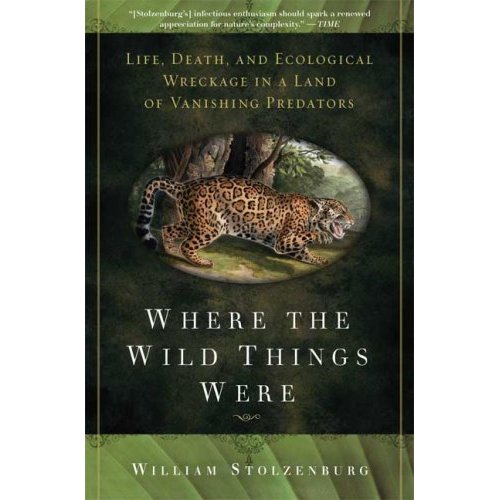Below is a list of projects and activities where Potomac Valley Master Naturalists will be this spring! You should plan to make sure you are involved in one or more of them! Remember the whole point of being a Master Naturalist is GIVING BACK to the community through volunteer time.
POTOMAC VALLEY MASTER NATURALISTS
Volunteer Opportunities-2011
PVAS Sponsored Events
Saturday April 2, PVAS is hosting an Open House at the NEW Flowing Springs Park in Ranson (near Home Depot). Many different activities are planned and we need volunteers to help with all of them! Activities include helping with tree plantings, leading bird/nature walks, stream sampling demonstrations, and possible invasive removal. There will also be a PVAS/PVMN contact table which will need volunteers to greet visitors, help providing refreshments, and talking about both organizations. Gloves, tools and refreshments will be provided to volunteers (and a t-shirt to thank you for all your hard work!) Hours are 11:00-4:00 p.m. and you can volunteer for all or part of that time. Contact Kristin Alexander to help: 304-274-0509.
Saturday, April 16, PVAS will be hosting a Wildflower Festival at the Yankauer Preserve
in northeast Berkeley County. We'll need some folks to help with children's activities, lead
walks, and lend a helping hand as required. Training in wildflowers is available before the big
day. The walks will be held on the hour from 11-3. Contact Kristin Alexander for more
information: 304-274-0509.
Sunday April 17, PVAS’s Annual Egg Hunt, 2-4 p.m. Help is needed in:
• putting out the eggs about 12:30 p.m.
• assisting with some of the activities (egg games, reading books, playing games, etc)
• baking cookies! We need several people to make 3 dozen cookies (your choice) and
drop them off at Yankauer Sunday morning. (The kids will be trading in their eggs for cookies and lemonade and there are lots of parents to feed.) Contact Ellen Murphy at 304-676-8739.
Saturday May 7, PVAS is participating in the Boonsboro GreenFest which is one of the best Earth Festivals in this area! Everything from solar energy systems to composting to fair trade products to heirloom tomato plants to special children's activities to recycling opportunities to clothing and children's book swaps will be featured throughout the park. We need volunteers to help with our contact booth. Time is 10:00-5:00 p.m. Contact Kristin Alexander to volunteer: 304-274-0509.
PVAS Educational Programs
Watershed Field Trips are scheduled for March and early April. All times are 8:30-1 p.m. We
need help with doing water quality testing, streambank assessment, and looking for critters in the water. We provide training, but this is not hard and it is fun!! Bring your own lunch. Contact Ellen Murphy at 304-676-8739
March 29 and March 31-Flowing Springs Park, Ranson WV
April 1-Mill Creek (across from Mountain Ridge Intermediate School), Inwood WV
April 5, 6, and 7-Cacapon River, near Great Cacapon WV
April 12 and 13-Back Creek (at Tomahawk Intermediate School), Hedgesville WV
April 8 and 14-Tuscarora Creek on E. John Street, Martinsburg WV
Watershed Planting Projects are the final service project for students in some watershed education programs. This year, we are planting at Mussleman, Martinsburg, and Jefferson
High Schools and in Berkeley Springs and Paw Paw! Contact Ellen Murphy: 304-676-8739.
April 14, Musselman High School Envirothon (7:30 a.m.-2:30 p.m.)
April 25, 26, 28 Warm Springs Intermediate School, Berkeley Springs (1:30-3:00 p.m. each day)
April 27, Paw Paw Schools (8:00 a.m.-3:00 p.m.)
May 6, Martinsburg High School (7:30-9:30 a.m.)
May 6, Jefferson High School (1:30-3:00 p.m.)
School Programs at Yankauer Programs are generally 8:30-1:30 p.m. We need 2 volunteers for EACH program. Contact Ellen Murphy: 304-676-8739.
Tuesday and Wednesday April 12 and 13, 2nd grade program (Plants vs. Animals)
Tuesday April 26, Kindergarten program (Insects)
Friday April 29, 1st grade program (Insects)
Thursday May, middle school hike, 2:00-3:30 p.m.
PVMN Sponsored Volunteer Opportunities
Saturday May 7; 10 a.m.-12 noon. Garlic Mustard Challenge at Yankauer You can be part of the Garlic Mustard Challenge sponsored by the US Forest Service. West Virginia is out to pull 20,000 pounds of the invasive weed. Contact Nan Johnson at gabbyvanv@frontier.com
Saturday June 4; 10 a.m.-12 noon. Mile-A-Minute Eradication (part 3) at Flowing Springs Park in Ranson Mile-A-Minute is a major invasive that we are trying to prevent from spreading. The new Flowing Springs Park is next to Home Depot in Ranson. Bring leather gloves and long pants as the weed is also called “Devil’s Tear-Thumb” for good reason! Contact Ellen Murphy at 304-676-8739.
Volunteer at Yankauer Nature Preserve or Eidolon Nature Preserve: There are always "self scheduled" projects as an option such as pulling invasives at Yankauer or Eidolon, adopting a flower garden at Yankauer, trimming trails, etc. Once you’re “up and running” with knowing what to do (and where), you can do projects as often as you li.ke to suit your own schedule
At Yankauer contact Tim Murphy at timurf@comcast.net for projects at Yankauer.
For Eidolon projects, contact Joe Gentile at 304-258-3197.
Kristin Alexander at pvasmail@aol.com can also answer questions.
West Virginia Volunteer Opportunities
Volunteer at the Peter Burr Farm near Bardane/Kearneysville Volunteers are needed to: Conduct a plant species inventory; Identify invasive species; Remove invasive species; Develop a plan to introduce native species to be added over time to increase plant diversity; Remove some old fencing and piles of debris; Construct wire fence along Warm Springs Rd; Developing a plan and creating a nature trail. Regular work days are scheduled. Contact Nan Johnson at
gabbyvanv@frontier.com
Volunteer at the Cacapon State Park Nature Center Kelly Smith, Park Naturalist can use help doing everything from manning the nature center to feeding the snakes and turtles to leading hikes to helping with other projects that are going on. You can arrange a specific time during the week or on weekends, year round. Kelly can be reached at CacaponNaturalist@wvdnr.gov or by calling her at 304-258-1022 x5209.
WV Raptor Rehabilitation Centers: West Virginia’s two raptor rehabilitation centers in the
state occasionally need help working at their facilities constructing flight cages and performing
other tasks. If any MN student would like to earn more volunteer hours, he or she should
contact these centers.
West Virginia Raptor Rehabilitation Center, P.O. Box 333, Morgantown, WV 26507. Phone 1-800-540-6390, (304)-366-2867, Fax (304) 592-1482, email: raptor@wvrrc.org . Website: www.wvrrc.org .
Three Rivers Avian Center, HC 74 Box 279, Brooks, WV 25951, (304) 466-4683, email: ron@tracwv.org. Website: www.tracwv.org . Both raptor centers would appreciate any volunteer service you could provide.
Crayfishes in WV: Zach Loughman, Natural History Research Specialist at West Liberty State College, is running a statewide survey of the Crayfishes found in WV and would appreciate any help in collecting. Contact him at: Zachary J. Loughman, Natural History Research Specialist, Campus Service Center Box 139, West Liberty State College, West Liberty, WV, 26704, Phone: (304) 336-8923, Fax: (304) 336-8266, zloughman@westliberty.edu .
WVDNR Research Projects: Contact Keiran O’Malley at Romney and ask if he needs help on any surveys or other projects. (He teaches the PVMN Reptiles and Amphibian Class.) Contact him at kieranomalley@wv.gov
Bird Banding: Contact Bob Dean who bands locally and volunteer to help him. Contact Bob
at 304-754-3042 or BobDean52@gmail.com .
Fish Research Projects: Contact Vicki Blazer at the USGS National Fish Health Research Lab in Kearneysville WV. You’ll start out recording notes during research field work, but as you gain knowledge and experience, you can do more. Contact Vicki at fishdoc322@frontiernet.net .
Working With Children Volunteer Opportunities
Science Olympiad in Loudoun County VA: This event will take place in the school yard, classrooms, hallways, gymnasium and offices of Mountain View School (Purcellville VA) on June 7, 2011, 8 a.m.-2 p.m. Students attending the programs will be fourth and fifth graders. Presenters are asked to conduct four 50-minute, hands-on/active learning sessions. A gourmet lunch will be provided by the PTA. Contact Jim Jenkins at jenkinsjim@att.blackberry.net. (Although this opportunity does not qualify for Volunteer Hours for WV Master Naturalists, it is an important even. Jim Jenkins is a Certified WVMN and a member of PVMN, so volunteer to help just to be nice!)
Tigers on the Trail at Harpers Ferry: This program with students at Harpers Ferry Middle School is designed to get the students outside and physically active by using the trails around Harpers Ferry National Historic Park. Volunteers lead the hikes and can choose the trail, theme, and the date. The park will find a classroom that matches your availability, trail difficulty level, and theme. Themes can be anything from physical fitness to history to natural history to recreation. The focus is not content, but to get the kids outdoors, get students active, introduce them to the resources in their backyard, and give them a positive experience in nature. Of course Master Naturalists will have LOTS to share along the way, and for your volunteer hours, some sort of natural history theme would be appropriate. For more information about the program, contact Amber Kraft, Education Specialist at Amber_Kraft@nps.gov or 304-535-6293.




